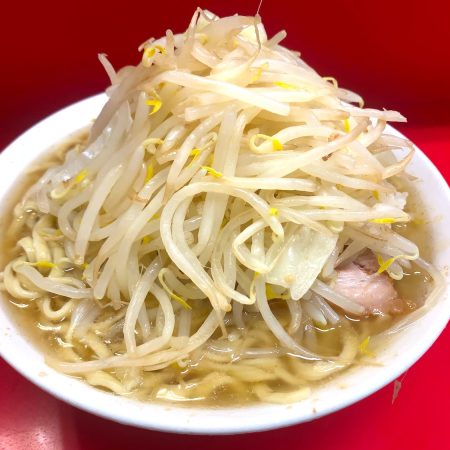The Japanese Custom of Return Giving
Every year on February 14th, many kinds of chocolate candies are sold all over Japan. “Valentine’s Day” was introduced in Japan in 1956 with a unique Japanese twist. There are many theories as to why the custom of women giving chocolates to men took root, but it is believed to have started with an advertisement by a chocolate company. Today, women not only give chocolates to their sweethearts, but to friends, acquaintances, colleagues, and customers.
March 14 is set aside as a day for men to return the favor they received one month earlier. There are several theories about the origin of what has become known as “White Day.” One of the most popular theories is that it originated in the late 1970s, when a long-established Japanese confectioner started selling white marshmallows as a return gift for Valentine’s Day. Initially, the day was referred to as “Marshmallow Day,” but the name changed when candy shops began to sell cookies and candies as a more popular alternative. White Day, along with Valentine’s Day, can be interpreted as representative symbols of Japan’s cultural imperative of “giving back” to those who have contributed significantly to one’s life.













